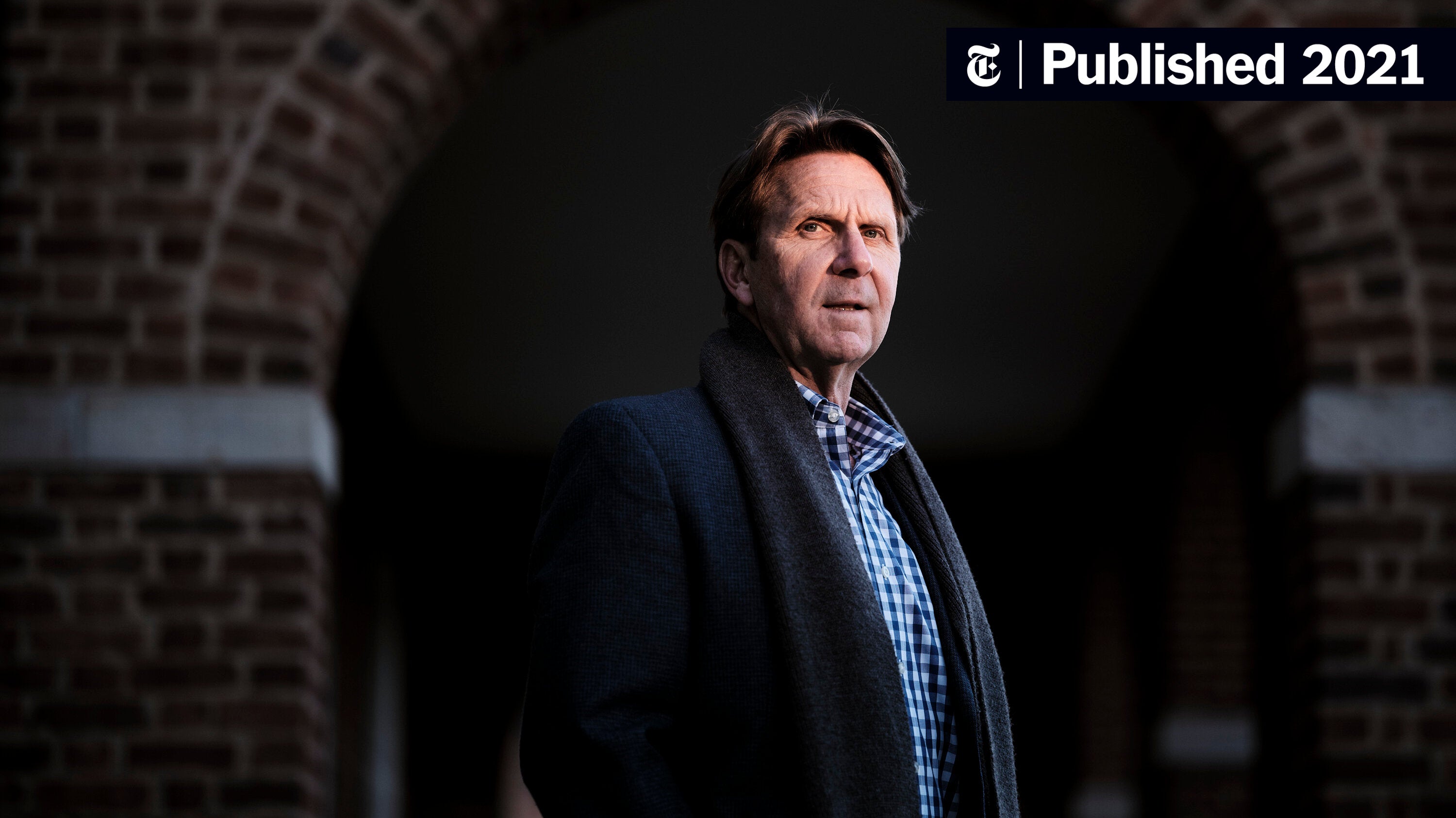Hagia Sophia: Exploring The Endurance Of A Byzantine Masterpiece

Table of Contents
A Glimpse into the Rich History of Hagia Sophia
The Hagia Sophia's history is as grand as its structure. Commissioned by Byzantine Emperor Justinian I in the 6th century, its construction represented a pinnacle of Byzantine engineering and ambition. The project, completed in a remarkably short five years (532-537 AD), showcases impressive architectural innovations for its time. The Hagia Sophia's history is interwoven with the rise and fall of empires, reflecting the shifting tides of religious and political power.
- Construction period and architects involved: While the precise architects remain debated, Anthemius of Tralles and Isidore of Miletus are credited with the original design and construction. The sheer scale of the project involved a massive workforce and cutting-edge techniques for the era.
- Description of the unique architectural features: The Hagia Sophia's most striking feature is its enormous dome, a feat of engineering that created a sense of awe and spaciousness unprecedented at the time. The use of pendentives, ingenious curved supports, allowed the dome to rest on a square base, a significant architectural innovation. Other key features include its massive supporting piers, intricate brickwork, and soaring arches.
- Significance as the largest cathedral in the world: For centuries, the Hagia Sophia held the title of the largest cathedral in the world, a testament to its scale and the power of the Byzantine Empire.
- The impact of the Ottoman conquest and its transformation into a mosque: In 1453, after the Ottoman conquest of Constantinople, the Hagia Sophia was converted into a mosque. This conversion marked a significant shift in the building's purpose and ushered in a new chapter in its long history. Minarets were added, reflecting its new function.
- Key renovations and additions during the Ottoman period: Throughout the Ottoman period, the Hagia Sophia underwent several renovations and additions, including the construction of minarets and the alteration of internal features to better suit the needs of Muslim worshipers.
The Architectural Marvels of the Hagia Sophia
The Hagia Sophia is not merely a building; it's a testament to Byzantine architectural brilliance. The innovative use of materials like brick and stone, coupled with masterful engineering, resulted in a structure that has withstood the test of time. Its influence on subsequent architectural styles is undeniable, showcasing the lasting impact of Byzantine design principles.
- Detailed description of the dome and its supporting structures: The dome's immense size and the clever use of pendentives to transfer its weight are remarkable feats of engineering. Its seemingly weightless elegance continues to inspire architects today.
- Analysis of the use of light and space: The Hagia Sophia's interior is characterized by a masterful manipulation of light and space. Natural light filters through the windows, creating a dramatic and ethereal atmosphere, enhancing the beauty of the mosaics and frescoes.
- Discussion of the surviving mosaics and frescoes and their artistic significance: The surviving mosaics and frescoes are exceptional examples of Byzantine art, showcasing religious narratives and imperial power through vibrant colors and intricate detail. These artworks offer invaluable insights into the artistic and religious beliefs of the era.
- Comparison to other significant Byzantine structures: While unique in its scale and impact, the Hagia Sophia shares common design elements with other significant Byzantine structures, such as the use of brickwork, the emphasis on symmetry and the utilization of domes.
- Evolution of the architectural style throughout its history: The Hagia Sophia's architectural style has evolved over the centuries, reflecting the different cultures and religious practices that have shaped its use.
The Hagia Sophia's Stunning Mosaics and Frescoes
The Hagia Sophia’s interior is adorned with breathtaking mosaics and frescoes, representing a pinnacle of Byzantine art. These religious artworks, many depicting biblical scenes and imperial portraits, convey profound religious and political messages. Their preservation is a testament to the ongoing efforts to protect this invaluable artistic heritage.
- Examples of significant mosaic and fresco scenes: The mosaics depicting the Virgin Mary and Child, and the emperors Justinian and Constantine, are among the most famous. These offer glimpses into Byzantine religious iconography and imperial ideology.
- The artistic techniques used in their creation: The creation of these artworks involved meticulous techniques, using small pieces of colored glass and gold tesserae to create intricate images. The frescoes utilized pigments applied to wet plaster.
- The religious and political messages conveyed through the artwork: The imagery in the mosaics and frescoes reflects the religious beliefs and the political power of the Byzantine emperors.
- The challenges of preserving these fragile artworks: The preservation of these fragile artworks presents ongoing challenges, requiring careful restoration and conservation efforts.
Hagia Sophia Today: A Symbol of Cultural Heritage and Tourism
Today, the Hagia Sophia stands as a major tourist attraction and a UNESCO World Heritage site, drawing millions of visitors annually. Its transformation from church to mosque to museum reflects its enduring significance and its role in the complex tapestry of cultural and religious history. While its current status as a museum is subject to ongoing debate, its global impact remains undeniable.
- Information about visiting hours and ticket prices: Check the official website for the most up-to-date information on visiting hours and ticket prices.
- Tips for planning a visit to the Hagia Sophia: Plan your visit in advance, considering potential crowds, especially during peak tourist seasons.
- Nearby attractions and things to do in Istanbul: Istanbul offers a wealth of historical sites and cultural attractions, making it an ideal destination for a longer trip. Consider visiting the Topkapi Palace, the Blue Mosque, or the Basilica Cistern.
- The ongoing debates and discussions about the Hagia Sophia's status: The Hagia Sophia’s religious and political status remains a subject of ongoing debate and discussion, highlighting the complex interplay of religious and cultural identities.
Conclusion
The Hagia Sophia stands as an enduring testament to Byzantine architectural prowess and a powerful symbol of cultural and religious history. Its majestic dome, intricate mosaics, and captivating history continue to captivate visitors from around the world. From its origins as a grand Christian cathedral to its role as a significant mosque and its current status as a museum, the Hagia Sophia’s journey reflects centuries of changing empires and beliefs. Its architectural marvels, artistic treasures, and enduring presence make it a must-see landmark in Istanbul and a vital part of our shared global heritage. Plan your visit to the Hagia Sophia and experience this magnificent Byzantine masterpiece for yourself! Explore the rich history and architectural wonders of this iconic landmark. Learn more about the Hagia Sophia and its enduring influence on world history and architecture.

Featured Posts
-
 Nyt Strands February 12 2025 Clues Answers And Solutions
Apr 29, 2025
Nyt Strands February 12 2025 Clues Answers And Solutions
Apr 29, 2025 -
 State Of Emergency In Louisville Tornado Damage And Imminent Flood Risk
Apr 29, 2025
State Of Emergency In Louisville Tornado Damage And Imminent Flood Risk
Apr 29, 2025 -
 Kuxius Solid State Power Bank Higher Cost Longer Life
Apr 29, 2025
Kuxius Solid State Power Bank Higher Cost Longer Life
Apr 29, 2025 -
 March 15 2025 Nyt Spelling Bee All Clues And Answers Explained
Apr 29, 2025
March 15 2025 Nyt Spelling Bee All Clues And Answers Explained
Apr 29, 2025 -
 Tragedy Strikes Canadian Filipino Community Details Of Car Ramming Attack
Apr 29, 2025
Tragedy Strikes Canadian Filipino Community Details Of Car Ramming Attack
Apr 29, 2025
Latest Posts
-
 Pete Rose To Receive Posthumous Pardon Trumps Statement Analyzed
Apr 29, 2025
Pete Rose To Receive Posthumous Pardon Trumps Statement Analyzed
Apr 29, 2025 -
 Will Trump Pardon Pete Rose The Long Awaited Decision
Apr 29, 2025
Will Trump Pardon Pete Rose The Long Awaited Decision
Apr 29, 2025 -
 Trump Condemns Mlbs Pete Rose Decision Vows Posthumous Pardon
Apr 29, 2025
Trump Condemns Mlbs Pete Rose Decision Vows Posthumous Pardon
Apr 29, 2025 -
 Pete Roses Ineligibility Mlb Weighs Petition For Removal
Apr 29, 2025
Pete Roses Ineligibility Mlb Weighs Petition For Removal
Apr 29, 2025 -
 Trump To Pardon Pete Rose Examining The Baseball Legends Case
Apr 29, 2025
Trump To Pardon Pete Rose Examining The Baseball Legends Case
Apr 29, 2025
